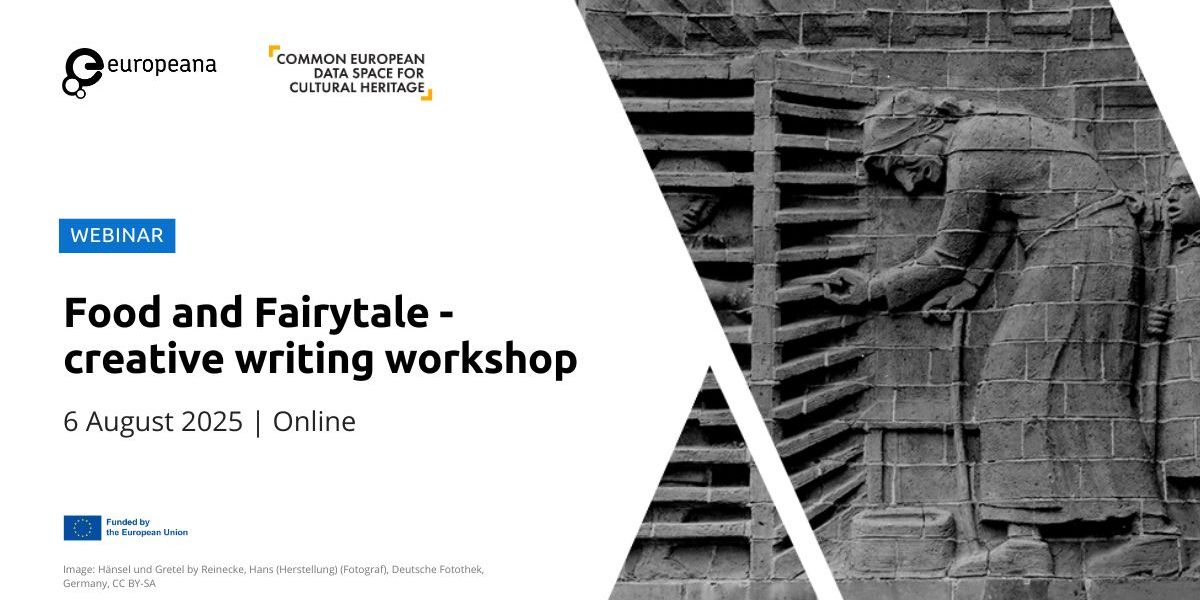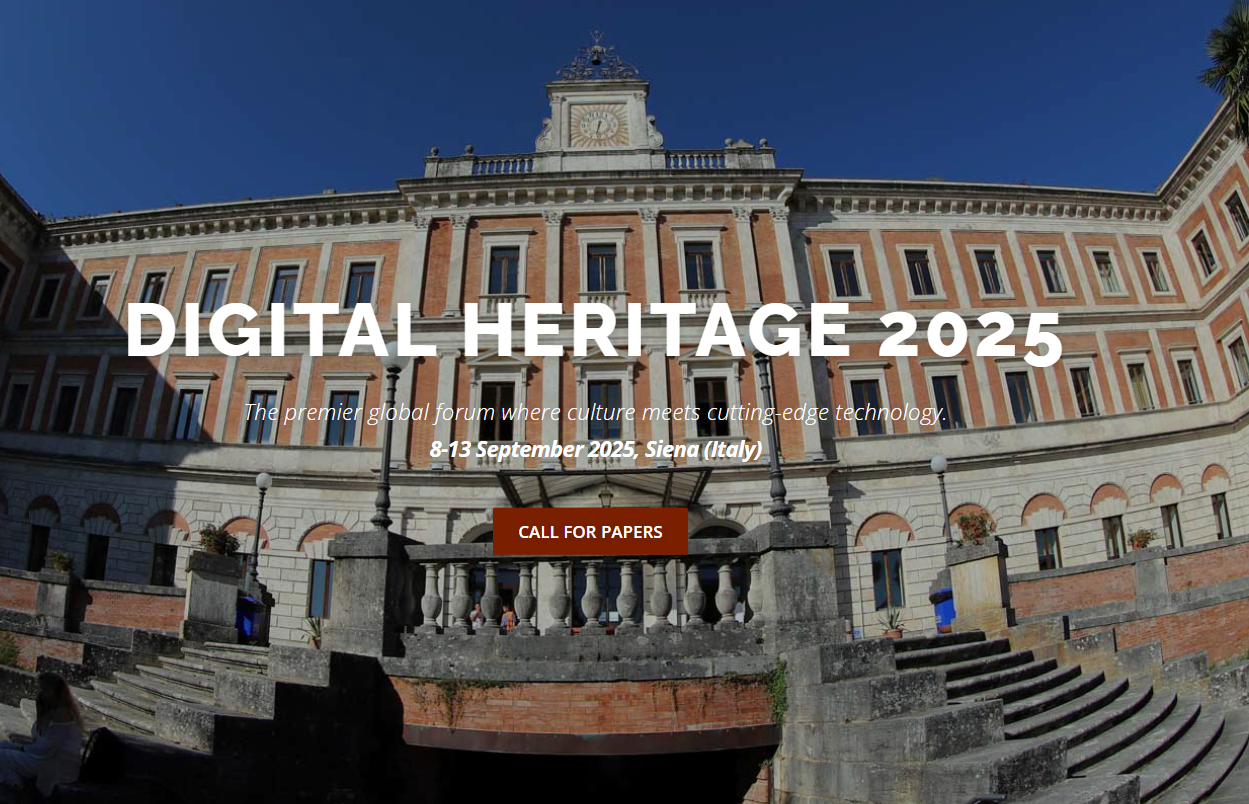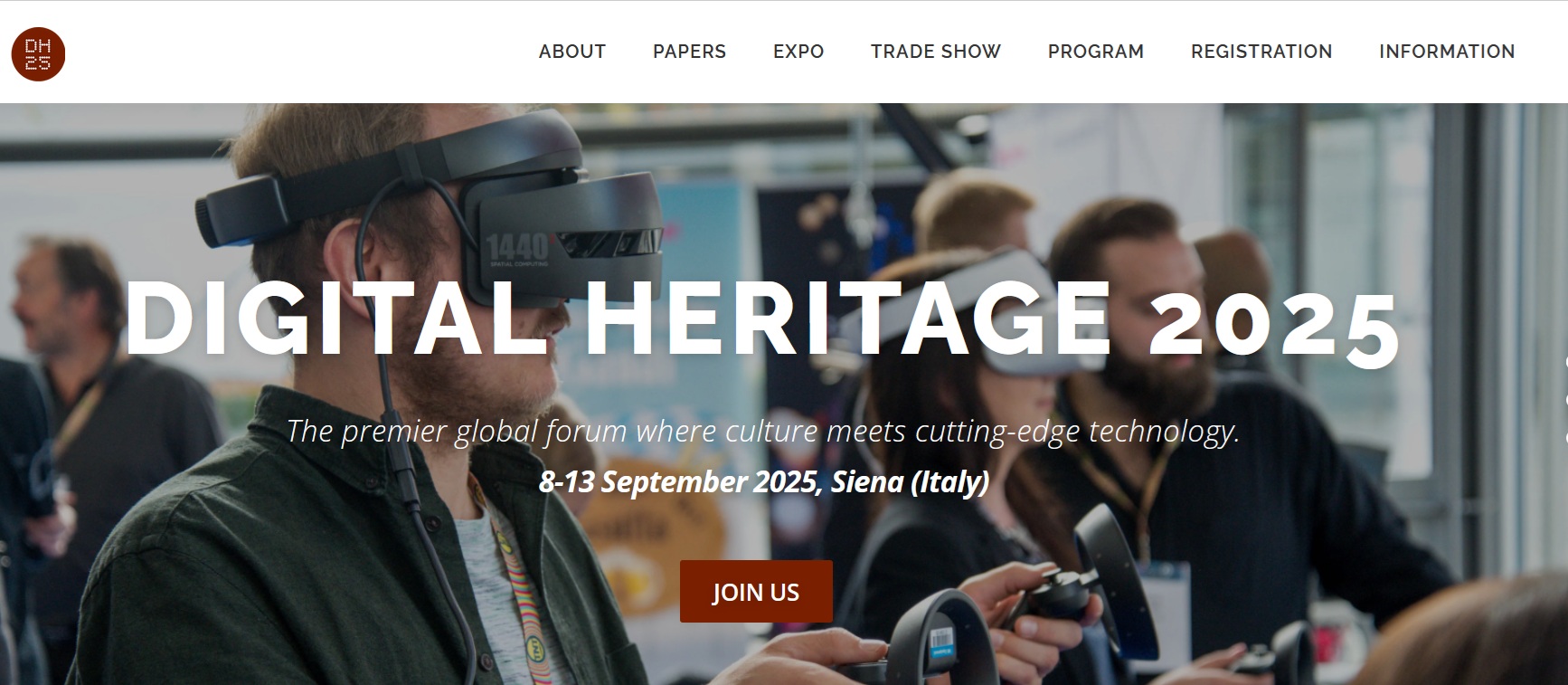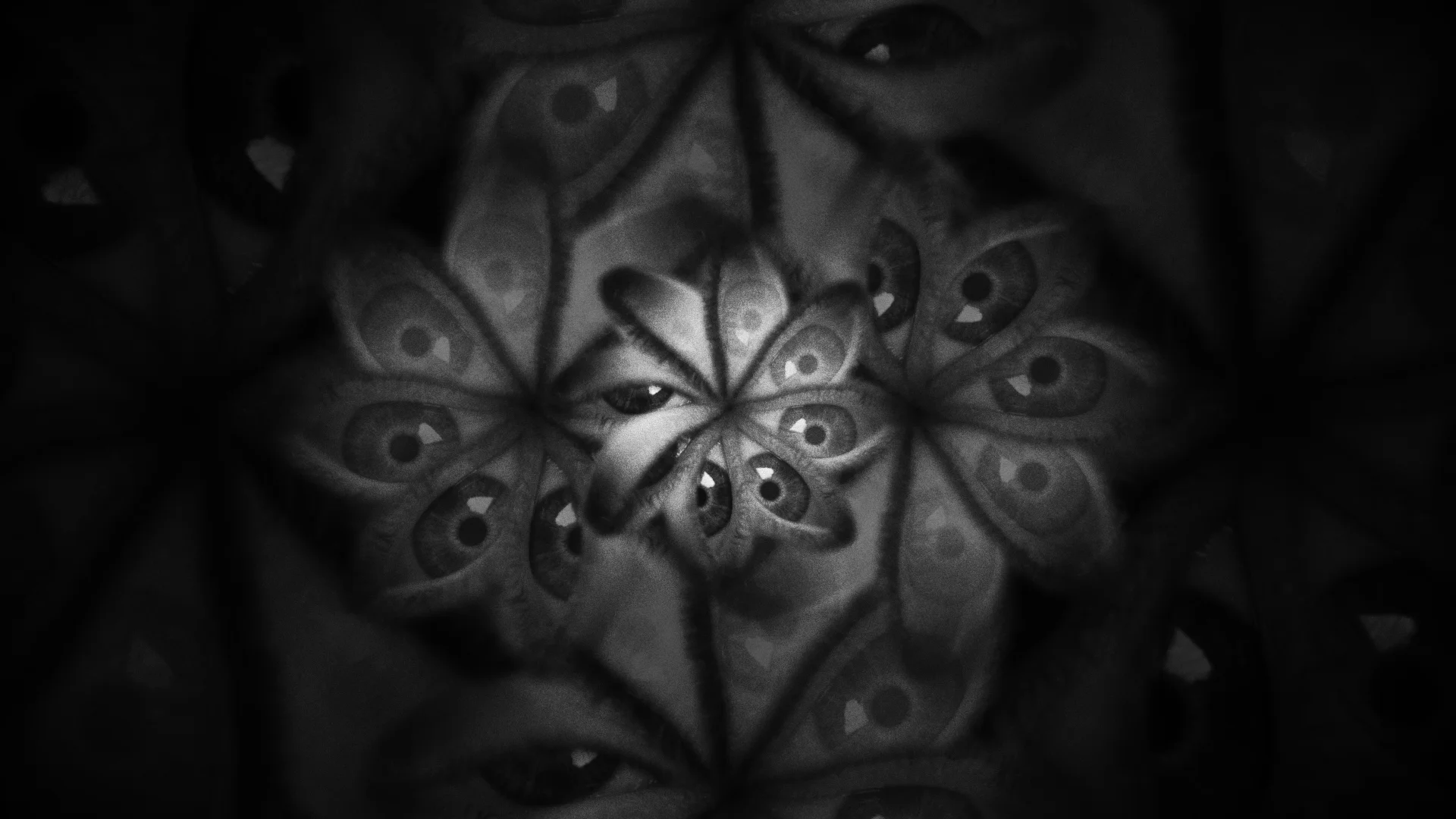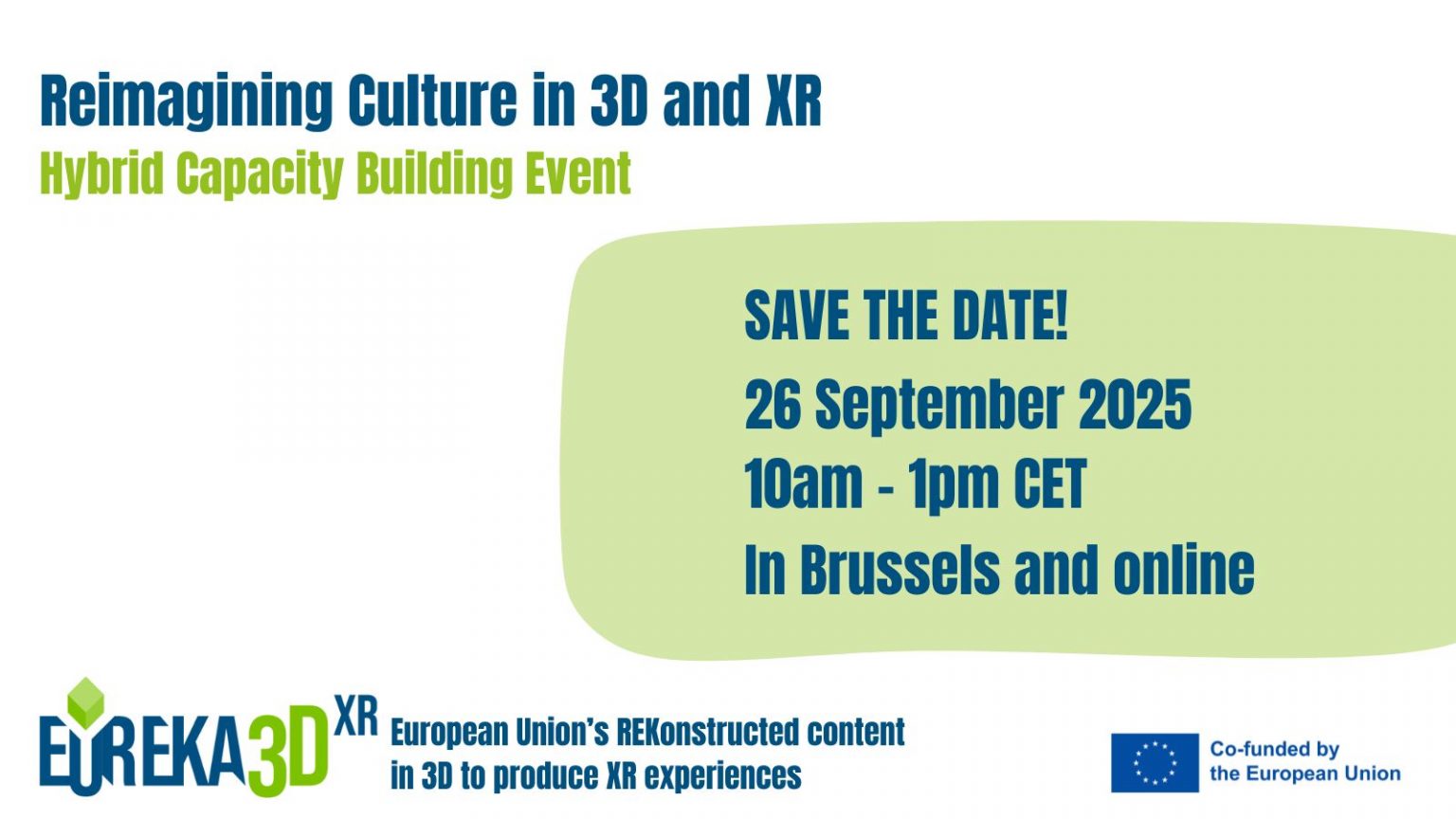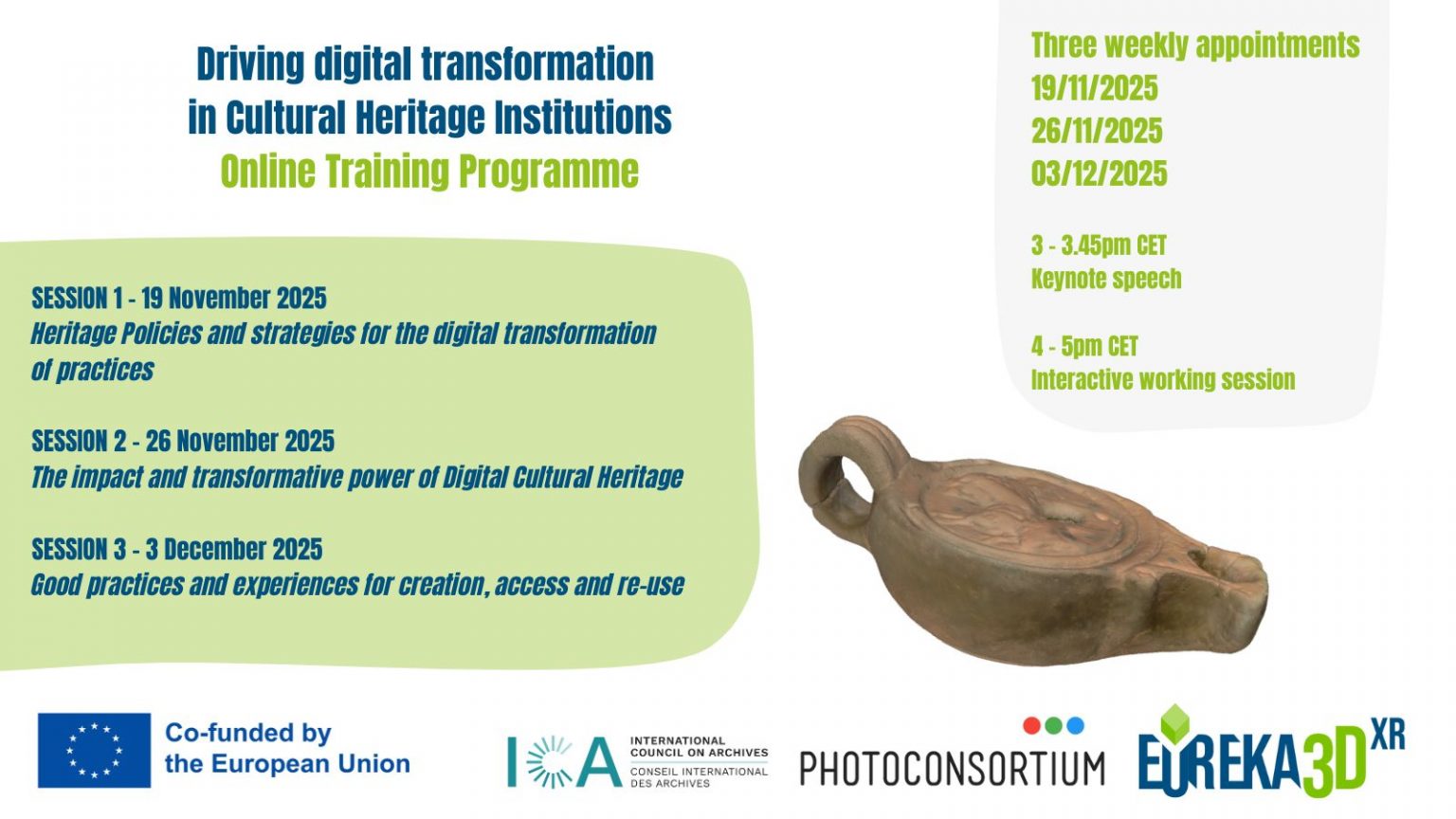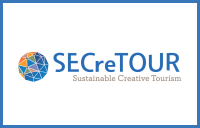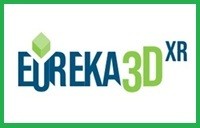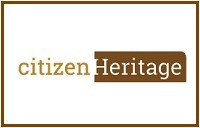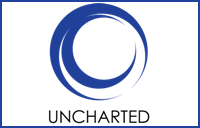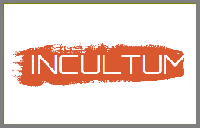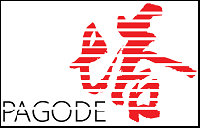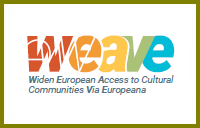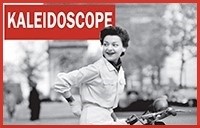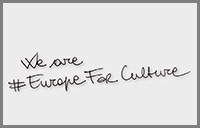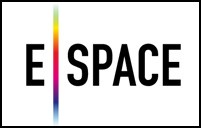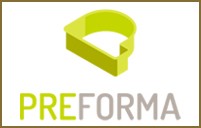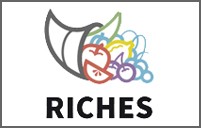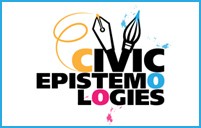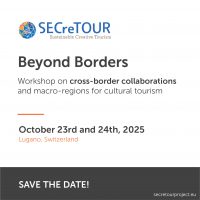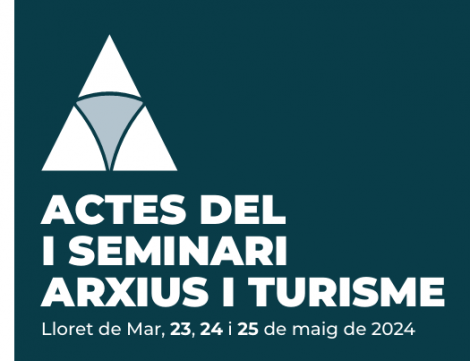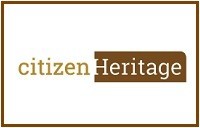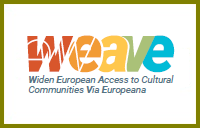Since its adoption in 2006 as part of the London Charter for the Use of 3D Visualisation in the Research and Communication of Cultural Heritage, the concept of Paradata has played an essential role in ensuring transparency in the creation of scholarly 3D Cultural Heritage assets. With further recognition by the ICOMOS Seville Charter (2017) and the European Commission’s EU VIGIE2020/654 Study on quality parameters for 3D digitisation of tangible cultural heritage, Paradata has emerged as a key aspect of 3D digital documentation.
Paradata, alongside Metadata and Geometrical Data, forms a “trinity” of elements essential for ensuring high-quality, reusable 3D digital resources. However, despite its growing importance, the Digital Cultural Heritage (DCH) community continues to grapple with fully defining and differentiating Paradata and Metadata, as well as understanding their role in supporting scholarly research, sustainability, and compliance with the European Commission’s recommendations for 3D-digitised cultural heritage.
This workshop brings together professionals from across the spectrum of Digital Cultural Heritage to share their experiences, aiming to establish a common understanding of Paradata and lay the groundwork for a community-built set of standards and best practices for its application in 3D documentation.
Download the full agenda here.


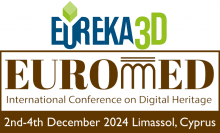

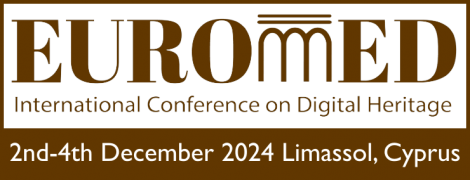
 The SECreTour project has established a new collaboration with the Centre for Dance Research
The SECreTour project has established a new collaboration with the Centre for Dance Research 
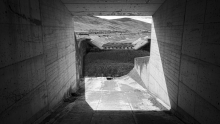
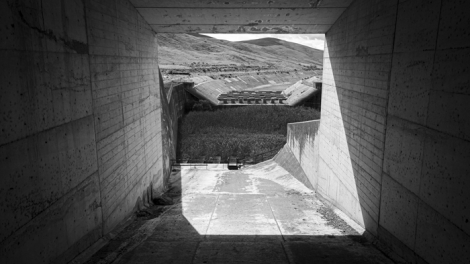

 The EOSC landscape has changed dramatically in the last year, due to a process of redesign initiated by the European Commission. The EOSC Portal, which is where researchers could find services onboarded to EOSC, is no longer available, and has been replaced by the EOSC Federation of Nodes. The EOSC Federation is re-developed in the form of multiple EOSC Nodes that are interconnected and can collaborate to share and manage scientific data, knowledge, and resources within and across thematic and geographical research communities.
The EOSC landscape has changed dramatically in the last year, due to a process of redesign initiated by the European Commission. The EOSC Portal, which is where researchers could find services onboarded to EOSC, is no longer available, and has been replaced by the EOSC Federation of Nodes. The EOSC Federation is re-developed in the form of multiple EOSC Nodes that are interconnected and can collaborate to share and manage scientific data, knowledge, and resources within and across thematic and geographical research communities.


 The 17th annual conference of the European Cultural Tourism Network (ECTN) held in Dublin from 23 to 25 October 2024 concluded with a great success.
The 17th annual conference of the European Cultural Tourism Network (ECTN) held in Dublin from 23 to 25 October 2024 concluded with a great success.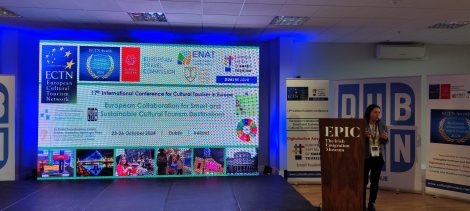 For any inquiry about the SECreTour Network, please contact us at the following email address:
For any inquiry about the SECreTour Network, please contact us at the following email address: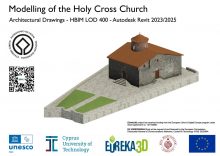
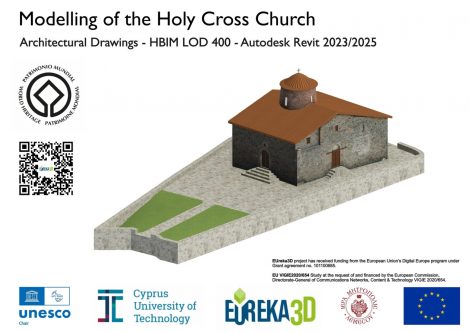
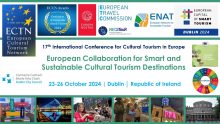
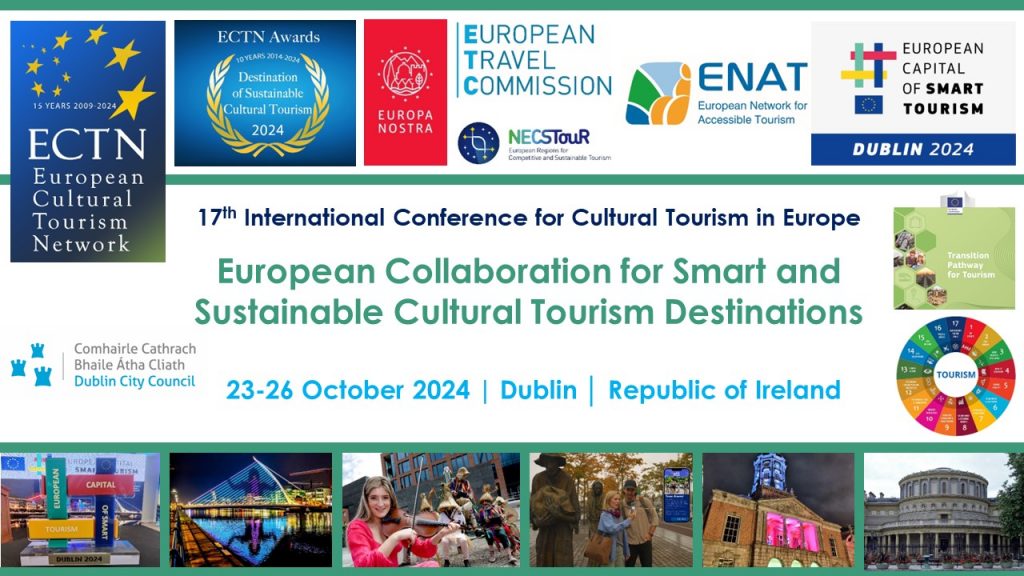

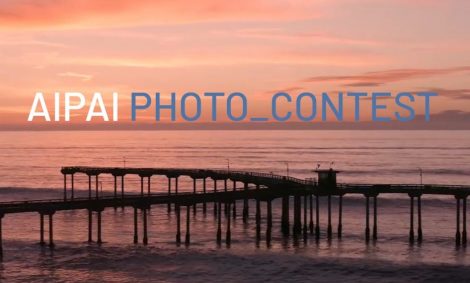
 If you have interesting news and events to point out in the field of digital cultural heritage, we are waiting for your contribution.
If you have interesting news and events to point out in the field of digital cultural heritage, we are waiting for your contribution.

